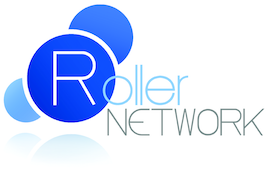Earlier this month we posted a Sprint maintenance notice and hinted at a larger announcement. This event set the stage for this announcement: complete IPv6 support for our portfolio of services. Sprint needed to install a software upgrade on the router we’re connected to in order to offer dual-stack native IPv6 to our existing circuit. On December 21 we established an IPv6 BGP session to AS1239 and turned off our last tunnel.
We are pleased to announce that we are the first (and only as of this date) service provider in the state of Nevada that operates a legacy-free network that is 100% dual-stack native, including all of our transit providers and peers. Roller Network no longer operates any IPv4-only circuits (or tunnels) and it is our policy to require native IPv6 on any new upstream or peer. Native IPv6 is available to customers of all services levels, from our classic Mail and DNS accounts through colocation, dedicated servers, hosting and internet access to both businesses and residential users. There is no additional cost or special requests required for IPv6 support.
We’re also excited to begin offering IPv6 on our inbound mail service. Effective immediately, we are publishing concurrent A/AAAA records for mail.rollernet.us and mail2.rollernet.us with the servers behind host MX records capable of receiving mail via IPv6 and sending it to IPv6 destinations. This includes, but is not limited to, the popular Secondary MX and SMTP Redirection services.
Throughout the last year we have enabled IPv6 on a multitude of our services: DNS, outbound mail (smarthost/submission), hosted mail boxes (POP3, IMAP), colocation, hosting, and even our webmail. This final step of transitioning to all native transit and supporting IPv6 on the incoming mail component opens the door to an IPv6 future in 2011 and beyond.
